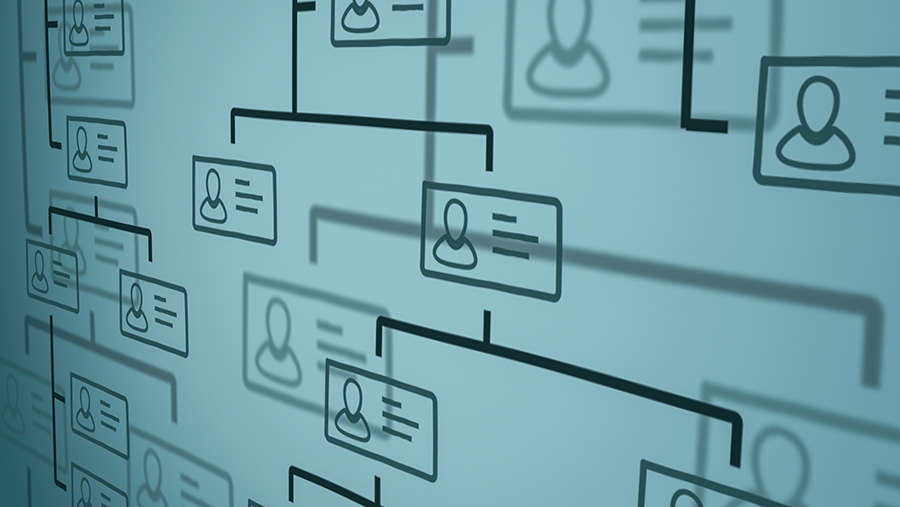By Jerry Kauffman, EOS Partner
EOS (Entrepreneurial Operating System) has Five Foundational tools, one of which is the Accountability Chart™. The Accountability Chart is a powerful tool that lays out the “Best and Right Structure to take the company where you want it to go.” It differs significantly from an Organizational Chart. Let’s look at the key differences.
Functions Over Titles
An Organizational Chart, or fondly referred to as an Org Chart, shows titles; an Accountability Chart shows functions. Because an Org Chart only shows a hierarchy, it reveals little to nothing about the results an individual needs to deliver to the organization.
Another challenge with titles is that they are often entwined with status or ego. And everybody has a little different idea of what that title holder actually does, so there is a lack of clarity. Titles, egos, and status seeking usually inject dysfunction into an organization.
An Accountability Chart makes it crystal clear what the person who owns that function must deliver.
Why Create an Accountability Chart
An Accountability Chart provides four things.
- Clear functions
- Clear reporting structure
- Clear roles within each function
- Clear accountability
An Org Chart only offers one or two of these: reporting structure and clear functions (maybe).
To create an Accountability Chart, it’s critical to follow three steps, in order.
- Starting with the Leadership Team, determine the seats/functions needed to take the organization where you want it to go.*
- Determine the roles, or accountabilities for each seat/function. What are things that this function must make sure are accomplished?
- Put people in the seats, noting any Right Person Right Seat (RPRS) issues.
*Note: One of the most difficult aspects of creating an Accountability Chart is breaking the connection to what “is and has been” and instead thinking very clearly about the “best and right structure” to carry the organization forward. It’s hard to name a function without thinking of a particular person, but it’s absolutely essential to doing a great job in this important exercise.
Advantages of Accountability
In a 2017 EOS blog post, Randy Taussig nicely summarizes the five advantages of an Accountability Chart.
1. Clear accountability is depicted. Each person knows their part in building a great organization.
2. It promotes alignment throughout the organization. Everyone understands both what they are accountable for, as well as how it contributes to the overall success of the organization.
3. Egos are discouraged, along with the accompanying dysfunction.
4. The right structure is addressed first. You can focus on getting the right people in the right seats, then the right processes in place.
5. As a living document, it changes as the organization’s needs change.
You might need to have an Org Chart and titles for the outside world, but internally a great Accountability Chart is an essential part of the EOS system to help create clarity, focus, and alignment: the formula for success in any organization.
Still not convinced? Here are two video resources that dive into Accountability Charts even further.
For a couple additional resources, check here. Each is only about 3 minutes long.
For more about the EOS Journey, check out EOS™ to see what many entrepreneurial organizations are doing to help their Leadership Teams become healthy and powerful.



